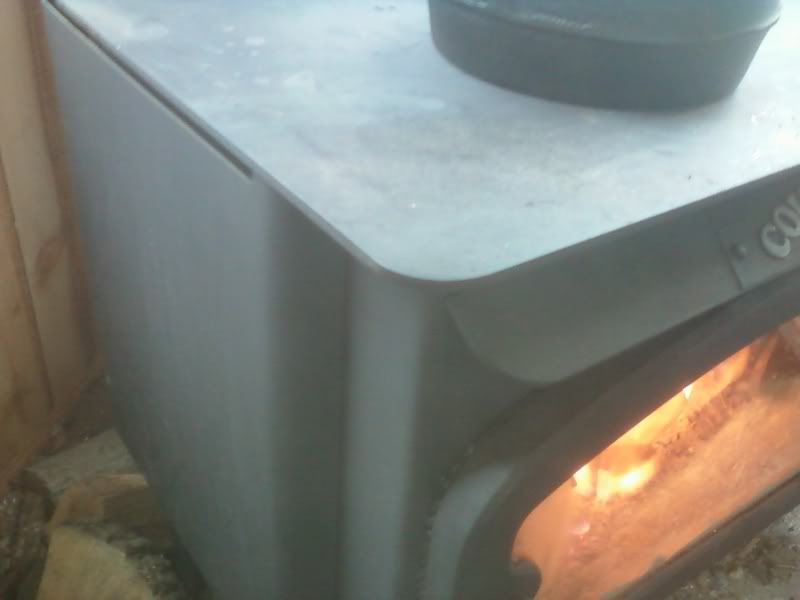Yes, of course.
However, over the past month or so, there have been a few threads started by people who were in the position of having no dry wood at their disposal, wherein several methods for drying (as a last resort) were recommended.
This is simply an alternative which may be useful for some, and for which I added some data. It has been helpful to at least 2 users of this forum.
It is a real good post and good to see real data, I always appreciate that. And that technique *does* work.
I have had to do this trick twice now in some places I moved to with no seasoned wood the first year. works great. And to this day, like right this second, seasoned or not, I always stay a few days ahead and "cook the wood" behind the stove, next to the (brick) wall. Gives it that last little bit of drying before it goes into the stove. And ya, if I remember I flip them end for end too, as they do that final indoor seasoning.
And oddly enough, right now (well, up to a minute ago), all I have burning is a *single* 2-3" stick! I ain't kidding, that was what was burning before I threw the last chunk in just now. This mild winter, I am running just "ticking over" fires for the most part, just enough to keep the "clammy" feeling out of the room and to keep it going. We've only had a handful of bonafide cold days so far but tons of "cool" days where you want a little fire.
Heck, I am going to grab a tape measure right now...
OK, just measured what is stacked up in the room here, size of chunks. Smallest is one inch even in diameter, largest chunk is ten inches, plenty of sizes in between, well mixed, a lot in the 3-4-5-6 inch range, but a lot also smaller than that. Those big ones at 10 up to 12 inches I drop in before turning in, those are "all nighters"
It all burns. Different size and species and quantities of wood, in the firebox, is how I regulate output temp, I don't hardly ever fool around with the air intake, (two air intakes, until it gets into the low teens or single digits, one always wide open, that's it, wicked cold, both wide open, with heater loaded appropriately) and I don't run any damper whatsoever.








